Media | Articles
This RX-7 won Daytona on $36 street tires—and now it’s won Amelia, too
If you visit Hagerty’s offices in Dublin, Ohio, you’ll have a chance to meet a very special car. “Lulu” won IMSA races at Laguna Seca, Brainerd, Portland, Mosport and Road America—but her biggest win came after a brief retirement, thanks to some very special circumstances and a few cheaper-than-dirt Firestone S-660 tires. More than 25 years later, she took one more crown: the award for Most Historically Significant IMSA Car at the 2020 Amelia Island Concours d’Elegance.
This is her story, as told by the fans who watched her run and by Walt Berchak, the master mechanic who restored her to concours-winning condition for Amelia. It’s also, in many ways, the story of the first-generation RX-7’s professional competition history in North America.
That story starts with the two factory-built RX-7s that competed at Daytona in 1979. They were awfully good, winning the GTU small-bore class and taking top-ten finishes overall. IMSA thought they were too good and immediately hit them with an astounding 458-pound weight penalty.

This didn’t stop Dave Kent from building “Lulu” as the first American-made RX-7 race car and running it as #79 in that year’s IMSA season. The weight penalty was eventually adjusted to be a little less punitive, but that didn’t stop driver Bob Bergstrom from throwing the weights out of his car during one race, forfeiting his top-ten finish. He went on to win the Road America event and finish second in the championship points to a 280ZX.
For 1980, Bergstrom added Car and Driver author (and very occasional Hagerty contributor) Patrick Bedard as codriver, but the team didn’t run well.
Marketplace
Buy and sell classics with confidence
In 1981, Dave Kent reacquired “Lulu,” gave it the number 92, and together with its #98 sibling (named “Linda”) won the 1981 season hands-down before switching to Toyota Celicas for most of the 1982 season. For 1983, however, the car was dragged back out of storage and driven at Daytona by the team of Lee Mueller, Terry Visger, and Hugh McDonough. Bereft of a tire sponsor, the team decided to run on off-the-shelf, 110-mph Firestones. To everyone’s surprise, not only did the ’Stones handle the banking, they proved to be the margin of victory when a rainstorm coincided with the installation of a fresh set! Firestone wasted no time dunking on the competition, as seen here:
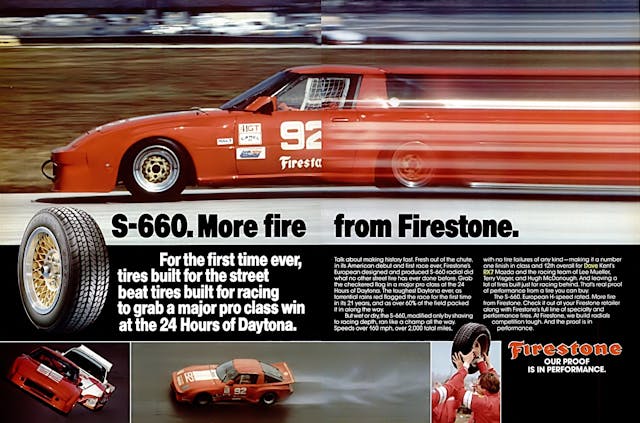
Lulu and Linda were then sold to the Marsh family, Ohio racing/dealership royalty who today own Kelly BMW in Columbus. Lulu was sold on to Dick Greer, and the Marshes ran Linda, which had a more technologically advanced aero package, until 1989. In 2017, Kelly Marsh acquired Lulu and handed it over to Walt Berchak, who told us:
“Late in the fall of 2017 it was decided to restore the car to a running condition. Knowing that there are no factory shop manuals for custom-built race cars we decided to photograph the disassembly and reconstruction of the car, since we knew this would be a multi-year-long project. The resulting photo book is nearly 800 photos of the car as it was disassembled and rebuilt.
“As with any restoration project, research and documentation help verify what you’re restoring. In this regard, I am grateful for the knowledge and advice of many people who were there in the early ’80s and remember the car and actively participated in running the car. While the car is the center of the story it’s the people who make the story possible. Frequently luck is involved in finding the right people and then they know someone else who knows more of the story. During the research we found out that this indeed was the original Bergstrom car, confirmed when stripping the paint and finding the colors that matched the photos. Further research indicated that this is the only chassis that Kent racing built with two windshield braces, this makes it somewhat easier to identify in period photos as changing numbers on the chassis was not uncommon.

“After determining that this indeed was ‘Lulu,’ the original Bergstrom car, the question became: Which livery/trim should it wear? As Bergstrom’s #79? As the white #92 championship car? Or as the ‘Firestone Daytona’ car? Since the most historically significant part of the car was that it won Daytona on Firestone street tires it was decided to restore it to that point.
“While the car had been persevered exactly as it rolled off the track it was in no way ready to go back with out a major rework. All of the rubber components were deteriorated with age and simply not safe to use so they were replaced with new parts. The really fortunate thing is that race cars are typically constructed with parts reasonably available so ‘off the shelf’ parts at the local hot rod shop or NAPA are frequently used. This made sourcing parts reasonably easy. While searching for parts I found a video of the car at Daytona in 1983 on Racing Beat’s YouTube channel. I then contacted them to see if I could obtain a copy of the video to help in the restoration of the car. They went above and beyond in having the original VHS tape converted to digital media, then sending me an enhanced copy. This provided excellent proof of the car wining Daytona and further helped ensure the correct location of the graphics on the car.
“After completely disassembling the car, we had it media-blasted using baking soda so as to not damage the chassis anymore than what was absolutely needed. It was at this point the car revealed several other secrets.
“There were unconfirmed stories that the roof had been lowered and the windshield raked back, however a stock windshield fits the car and the official explanation was that the car had been ‘on its roof due to an accident.’ (Remember that it’s a race team’s job to interpret the rules to their advantage … so either story could be true!) There was evidence of the car having backed into a retaining wall, as the right rear corner had been replaced. There were about a half a million holes drilled in the floor of the car where things like weights, fire bottles, cooling systems had been installed and then later removed. There was also a large amount of damage to the bottom of the car that required patient repairs consisting of re-welding holes closed and repairing cracks in the floor of the car. I spent a month with the welder patiently welding the floor back together—but not replacing it, as we wanted to preserve as much of the car as possible. The original intent was to rebuild the car as if it was the end of the racing season and we were preparing it for the next; only after starting the project did the historical significance of this car come to light.
“As the car neared completion more interest in its progress helped with getting things finished, and more and more information found its way to me to help. Things like ATL fuel cells making an updated version of the 30 gallon fuel cell originally fitted to the car, continued availability of EARL’s hoses and fittings allowing us to replace all the braided lines with new, period-correct parts. Local craftsmen that still have the skills to rebuild brass radiators in this day of throw-away aluminum/plastic parts. The local body shop who took on the project of painting this car and bringing back the finish to its current condition.
“After the assembly was nearly complete—after all, no race car is ever truly completed—it was time to reveal the car in the spring of 2019 after nearly two and a half years of work. The next tough choice was where to reveal the car to the public. There had been tentative plans to ship the car to the West Coast for the Rolex Monterey Historic races for display but the plans fell through at the last moment. It was then decided to enter it into the 2020 Amelia Island Concours event. After driving the car on to the show field late Saturday afternoon (trying to be courteous to the neighbors as starting a very loud race car before dawn on Sunday morning will draw unwanted attention) and some last minute touch-ups (remember race cars are never truly finished), it was time to sit back and wait for the show …”
It turned out to be a heck of a show, with the painstakingly restored RX-7 taking yet another podium top step. Now it’s at the Hagerty office, where you can see firsthand the tremendous effort put into it both back in the day by Kent’s team and recently by Walt Berchak. This lovely story talks about some of the unique modifications done to the Kent cars. Looking at their race results in period, they were capable of turning the same kind of lap times as today’s GLTC, SCCA STU, or NASA Super Touring 5 competitors, while using tires that were laughably primitive in both compound and construction by today’s standards.
Will Lulu return to the racetrack some day? We can only hope, but here’s a bit of advice for anyone who has a chance to see her run: As with all rotary-engined race cars, a little bit of hearing protection goes a long way!
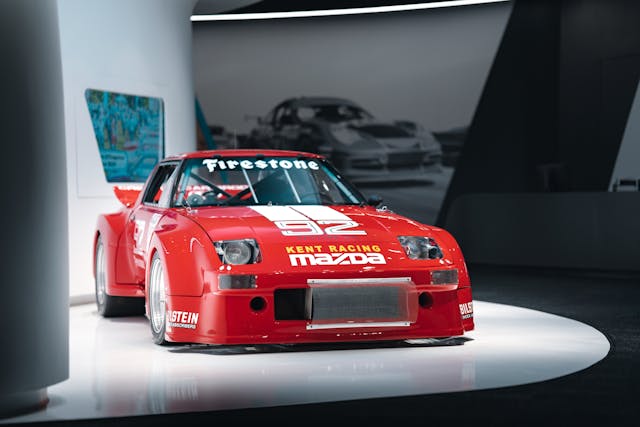


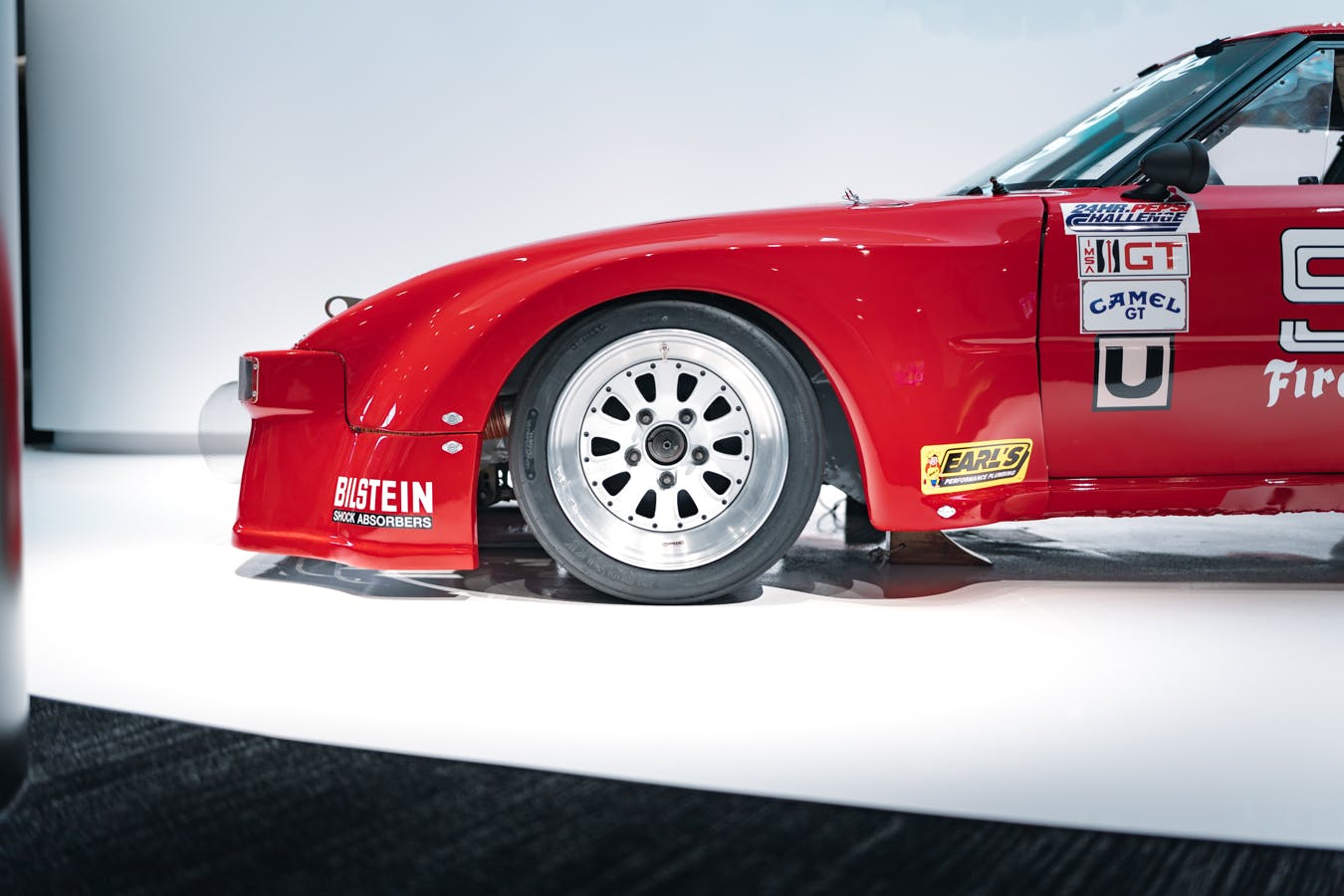
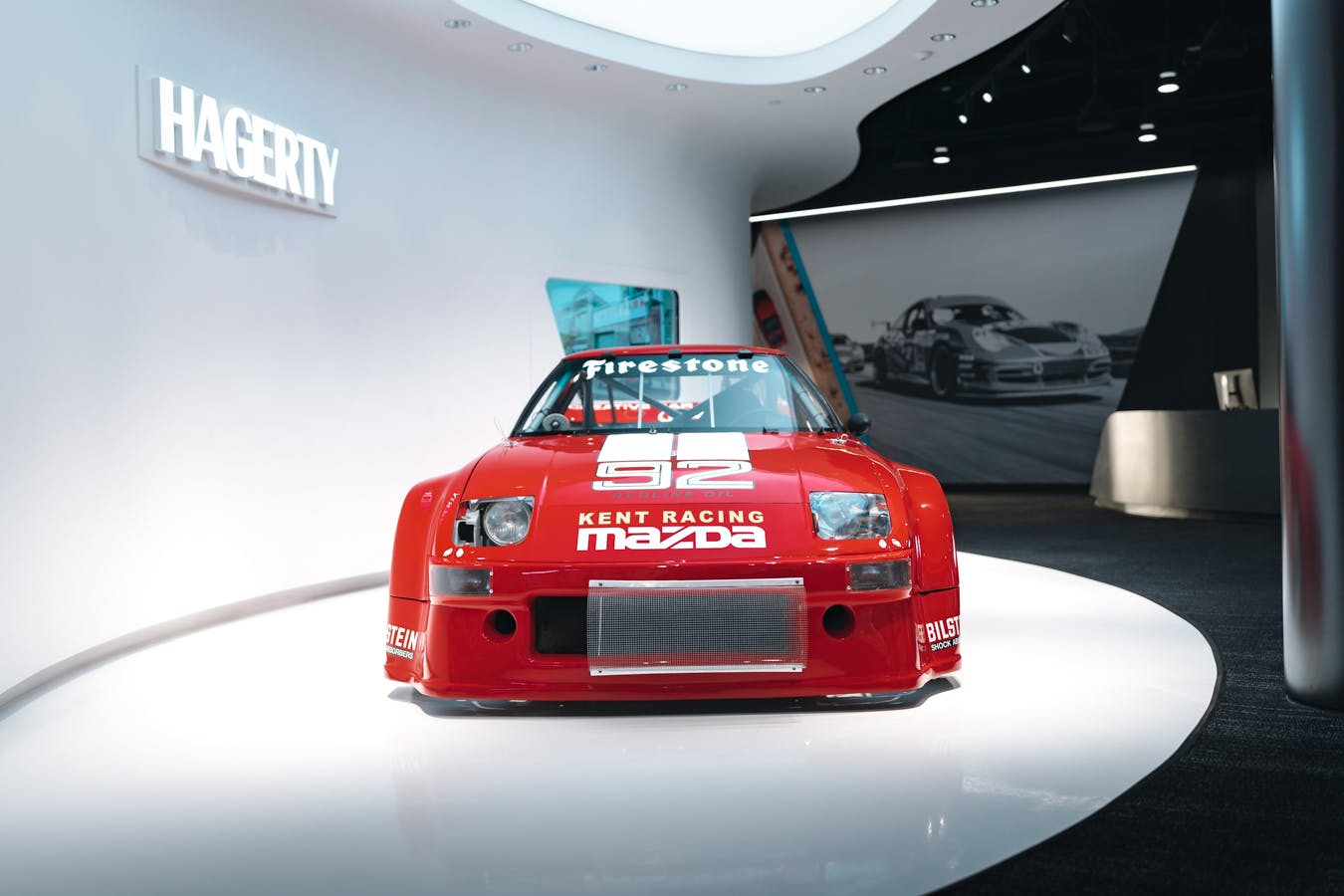
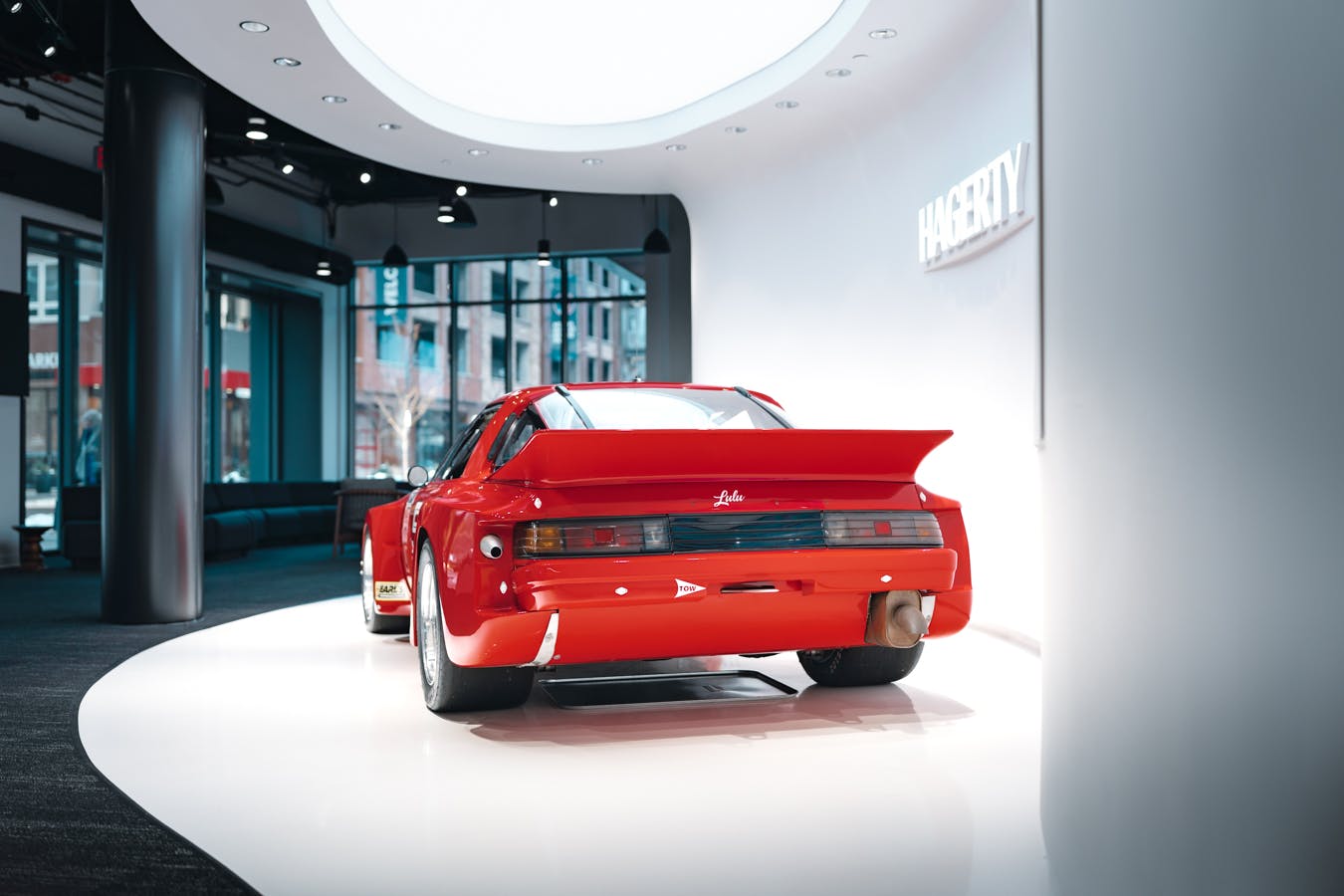
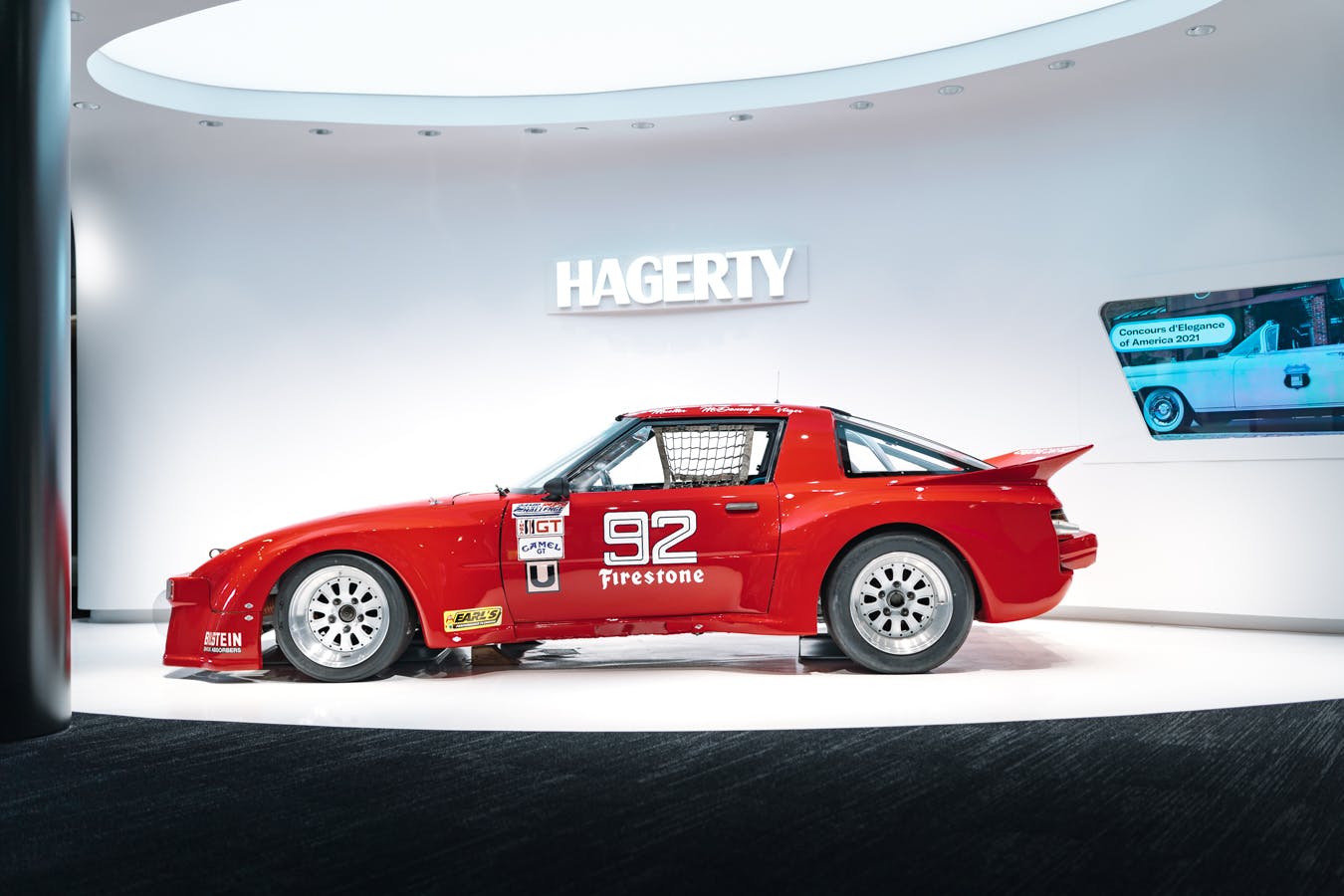
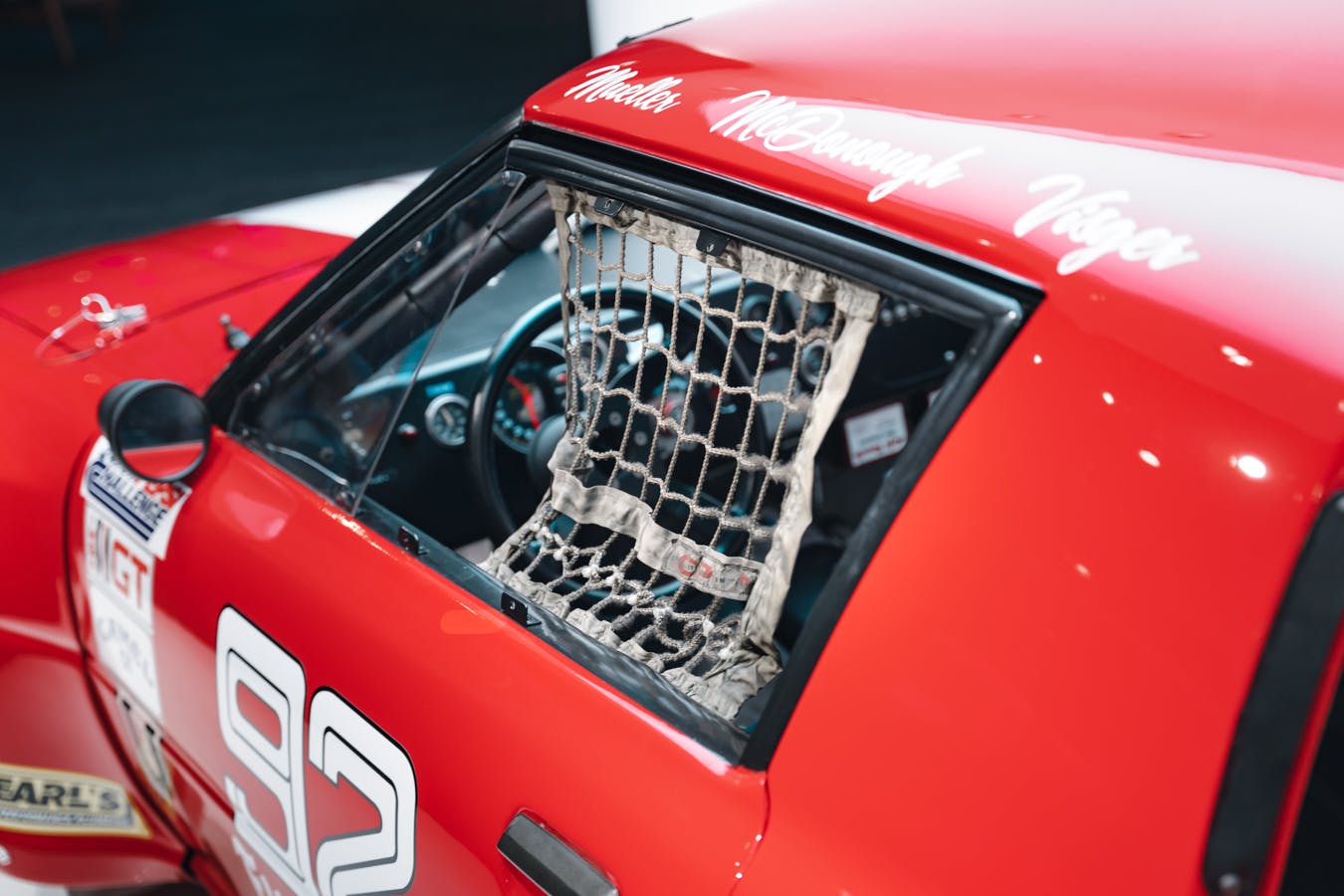
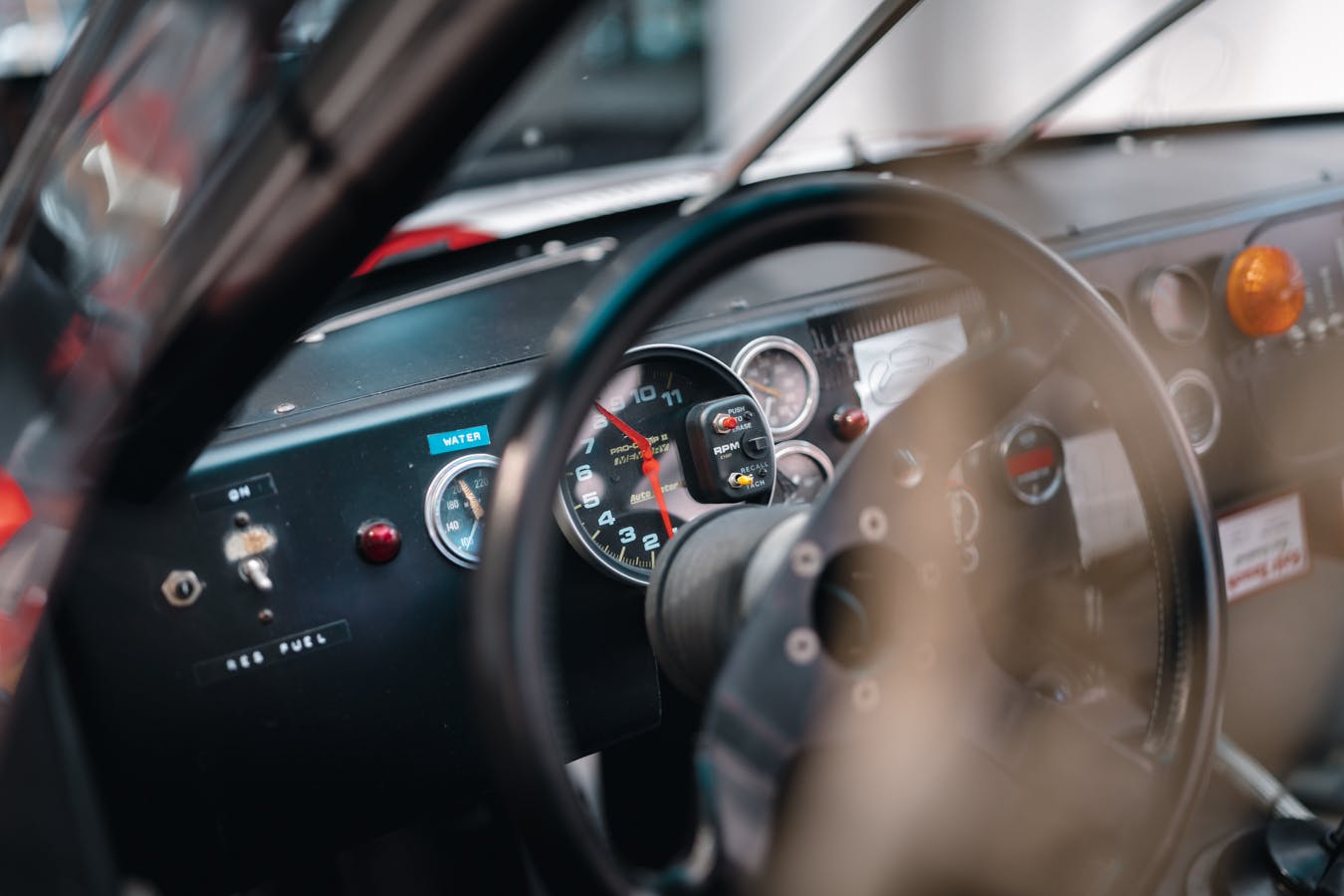






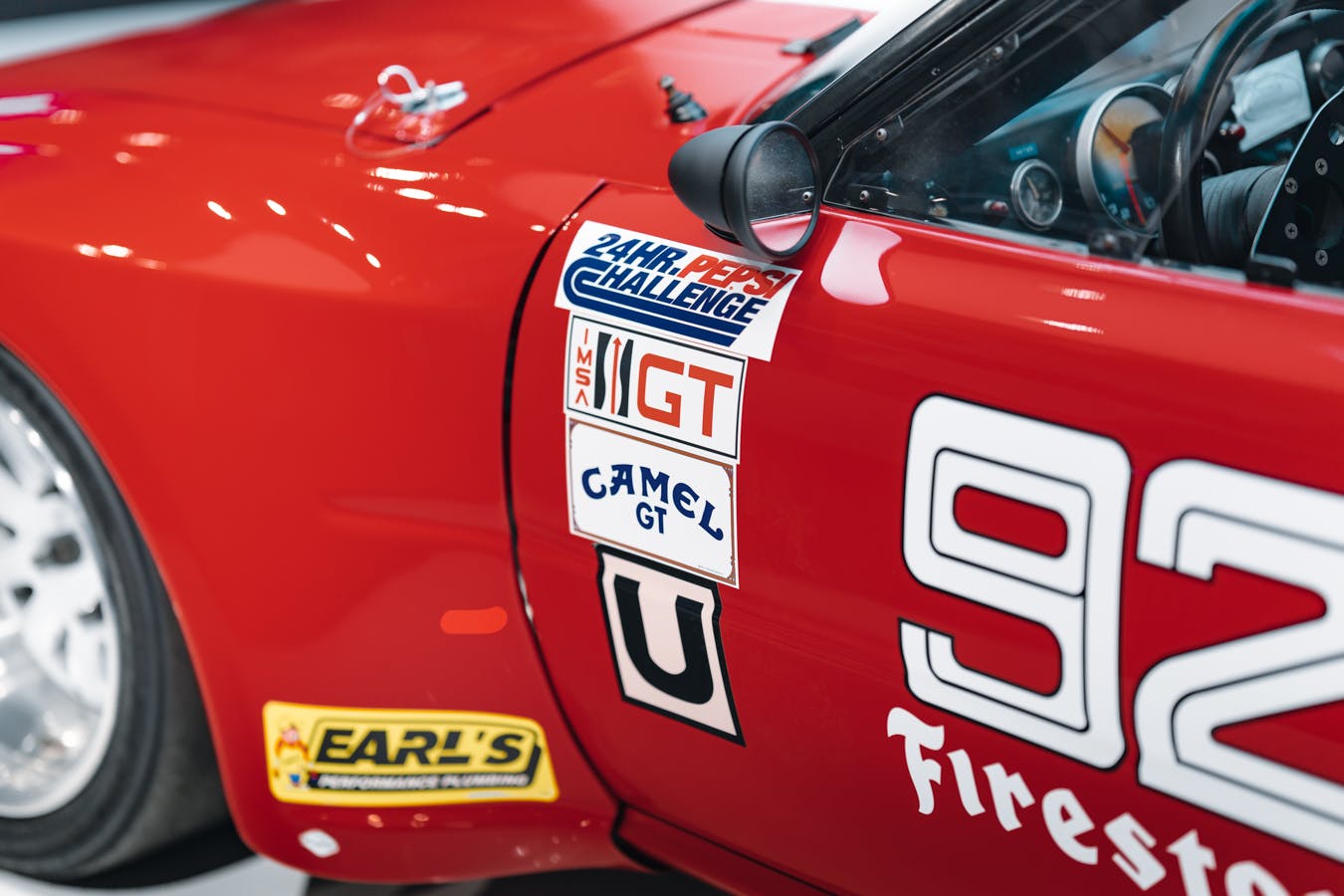
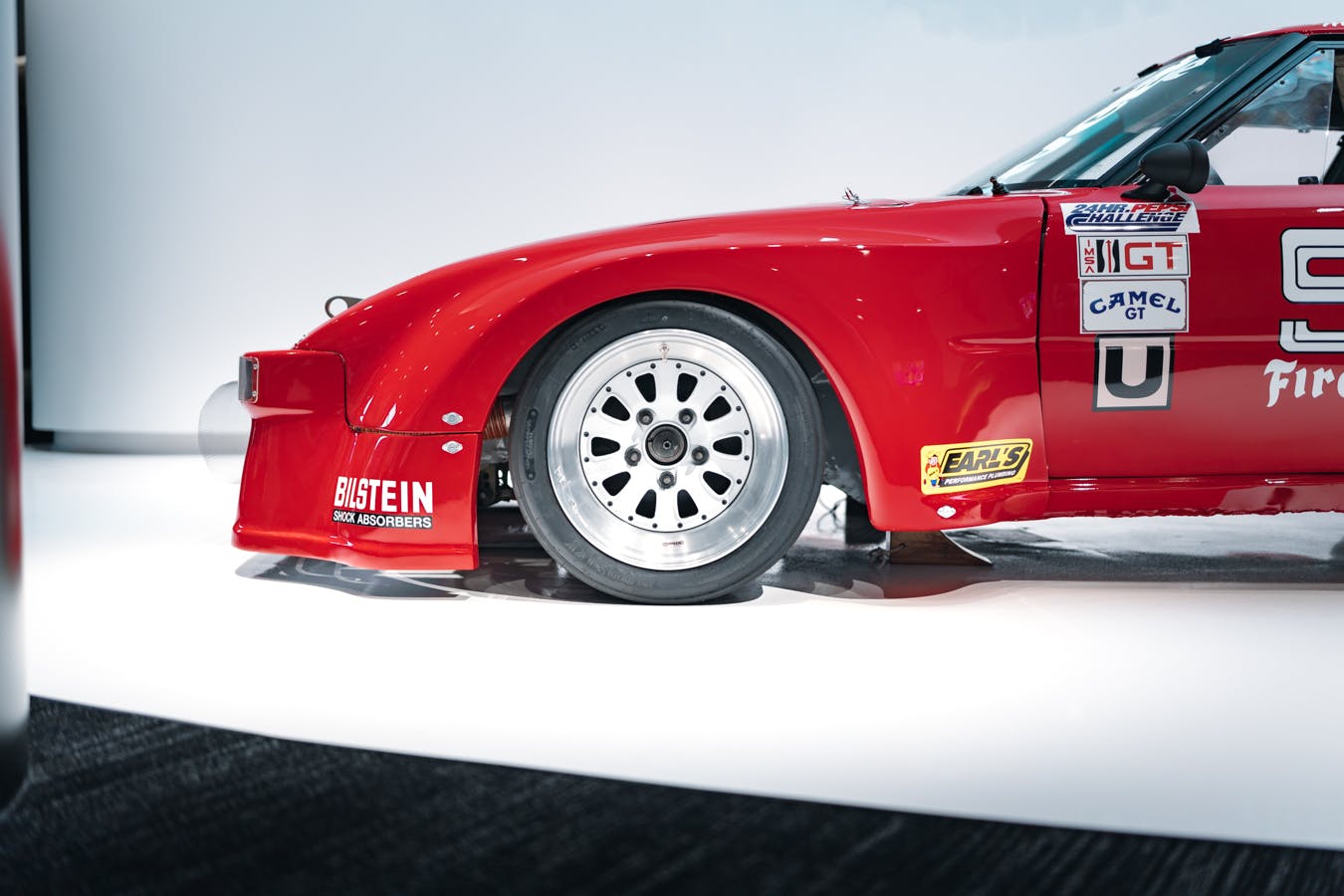





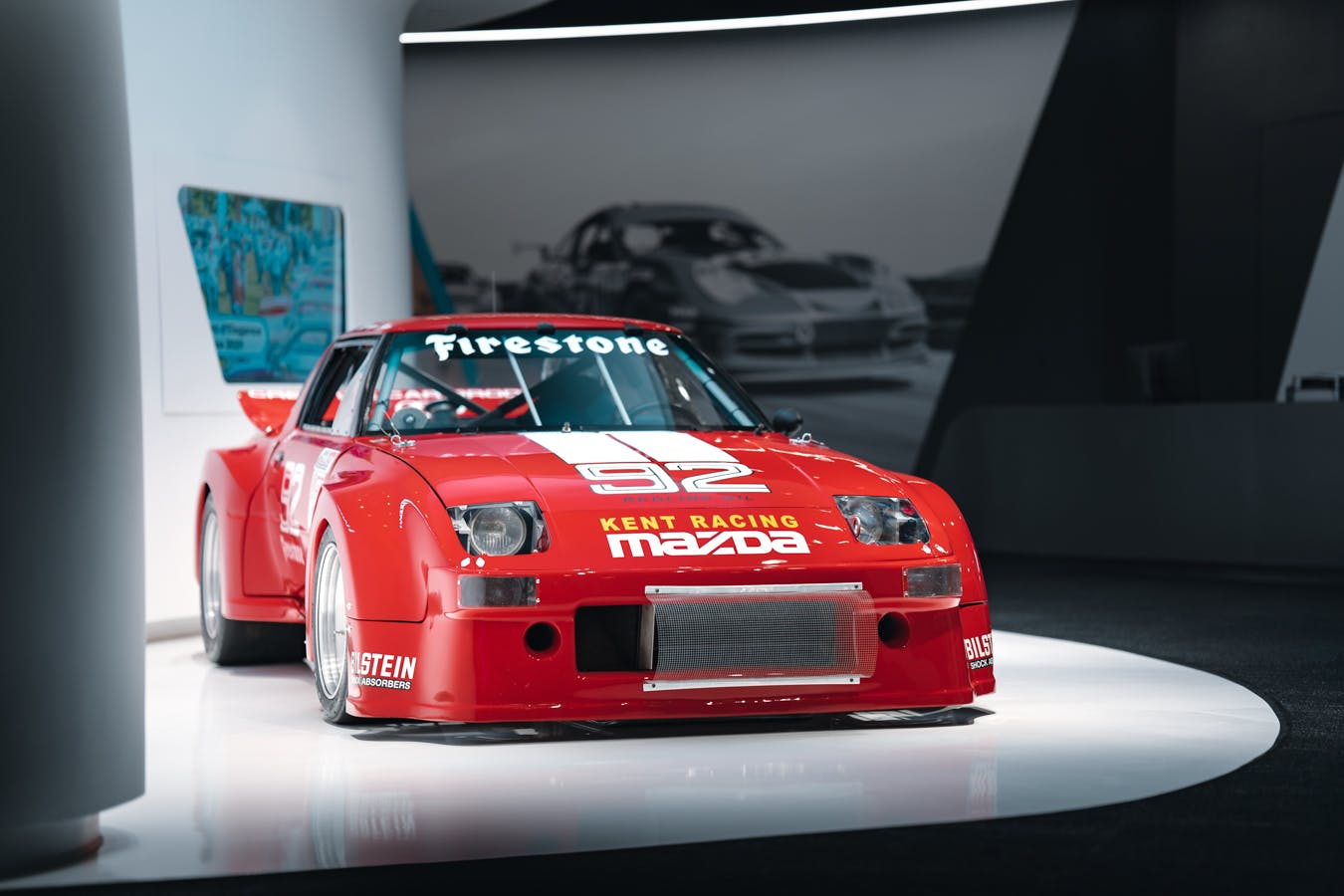
I am Linda. Wife of Dave Kent and VP of Creative Car Craft Inc and Kent Racing Inc. aka Lovely Linda
Thank you for this detailed article.
dave is gone but he and I have four adult children (including Lulu) and five grandchildren who will benefit from their grandfathers legacy. He was a very unique and talented man.
Hi Linda. I would love to connect with you. My Husband, Walt, restored Lulu and took her to both Amelia Island (March 2020) and Rolex 24 at Daytona (January 2023). Not sure if I sent the Facebook request to the correct account. Terri